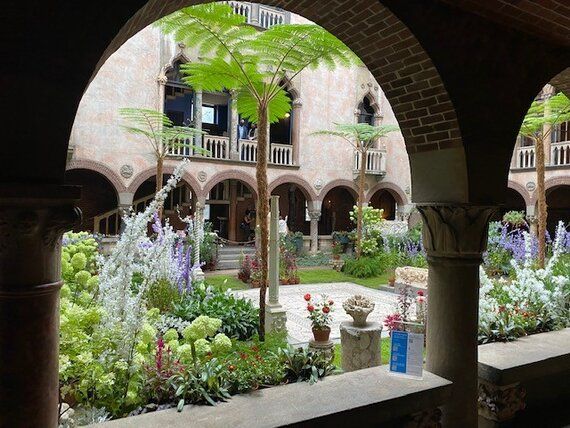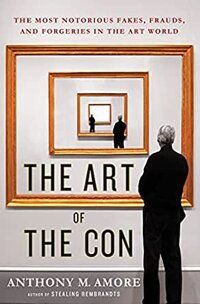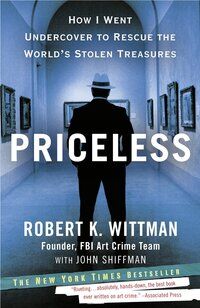While escaping this view during a visit of some friends in Boston, they recommended that we make a trip to the Isabella Stewart Gardner Museum. The name was familiar as I had just recently started listening to a podcast about the infamous theft that occurred there in March 1990. Shortly after midnight, two people posing as police officers approached the museum, letting the security guards on duty know that they were there to address a call about a disturbance. They then tied up the guards and proceeded to steal 13 works of art. Most works cut out of their frames, these priceless pieces included the only seascape Rembrandt had ever painted as well as paintings and sketches by such heavy hitters as Degas, Vermeer, Manet, and Flinck. The FBI went on to value the stolen property at over $500 million. Not a single one of the pieces have been recovered. Besides the horror of the robbery itself, this crime took on more significance. The Isabella Stewart Gardner Museum was not your run-of-the-mill art museum. Isabella Stewart Gardner, born in 1840, hailed from a wealthy linen-merchant. Raised in Manhattan, she lived in Paris for some time and after marrying her husband Jack, moved to Boston. During their travels abroad, Isabella would go on to cultivate her love of collecting art. It began with books. And it would coalesce into an obsession with paintings, sketches, and sculpture. After Jack’s unexpected death in 1898, Isabella would finally realize her dream of housing her very own art museum. She would go on to commission a beloved local architect to build her a stately museum on Evans Way in Boston. Inspired by the Renaissance palaces of Venice, the building is centered around an enclosed courtyard and Gardner was deeply involved in each aspect of its design. Upon her death in 1924 at the age of 84, her will announced a $1 million endowment of the museum to continue its exhibition permanently “for the education and enjoyment of the public forever.” There was, however, one main stipulation. Her permanent collection could not be altered in any way. She had painstakingly designed the installations of her collection throughout the museum, exhibiting each beloved piece precisely the way in which she wanted visitors to experience them. So when the heist occurred in 1990, her requirement had been forever dismantled. The permanent collection as she had created it was no longer intact. Due to the desire to maintain Isabella’s vision, the frames remain hung in their original spots, now completely stripped of their artwork. It is at once striking and disturbing to see a large frame highlighting the very void that has so stunned the Isabella Stewart Gardner Museum since those early hours of Sunday March 18, 1990. To learn more about this fascinating woman, her vision, and the robbery that would jeopardize it, check out the following collection of books. Do note that there is a dearth of books on the topic of Isabella Stewart Gardner or the heist of her museum by diverse authors, including both authors of color and non–cis male writers.
The Woman
The Museum
The Theft
My experience at The Isabella Gardner Museum has me seeing this much-hated print in a different light. What is the history of this piece of art? Where does it reside now? Would Isabella Stewart Gardner have happily added this piece to her collection? And would something I see as such an eyesore catch the eye of an art thief, with the promise of a payday motivating them to put their freedom on the line? In the end, we know all art is relative. As one of my book recommendations stated, it’s “in the eye of the beholder”. And it’s obvious that the eye of Mrs. Jack was one of a keenly observant and visionary woman.






































